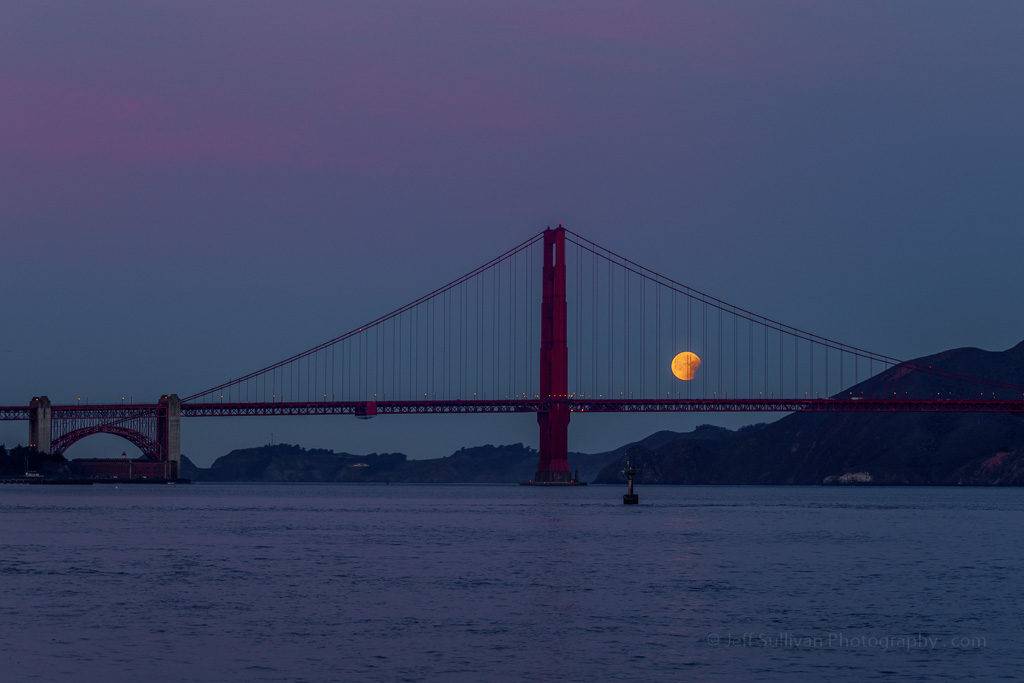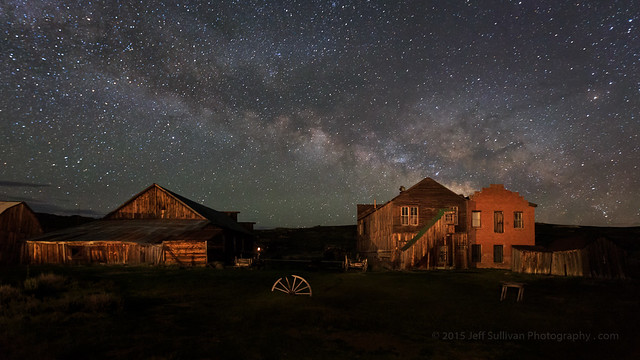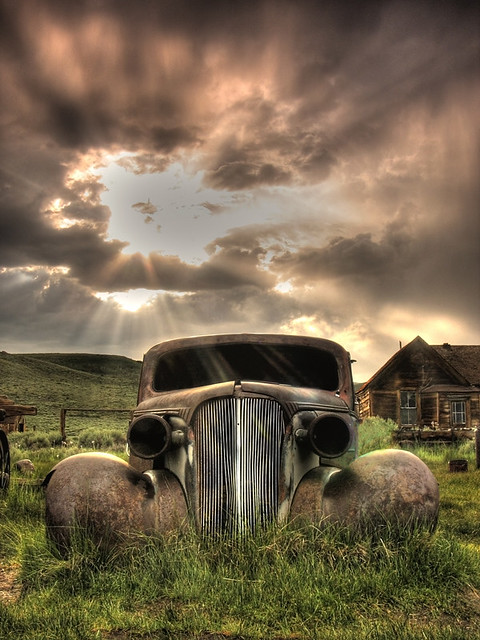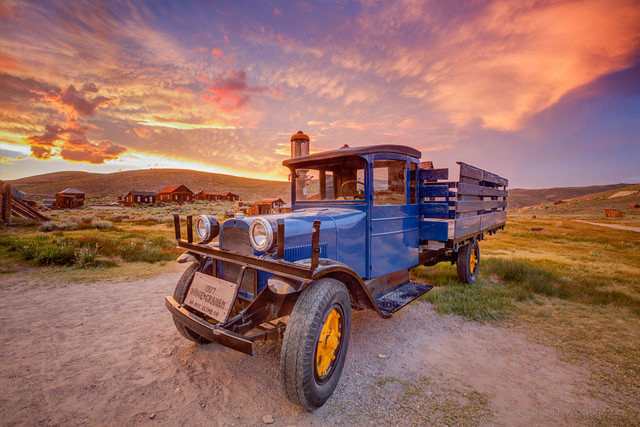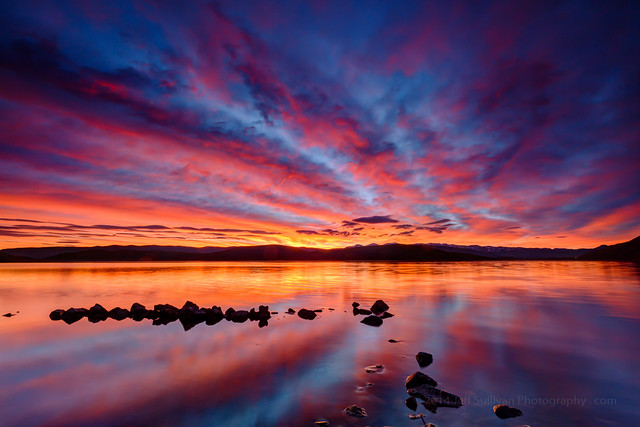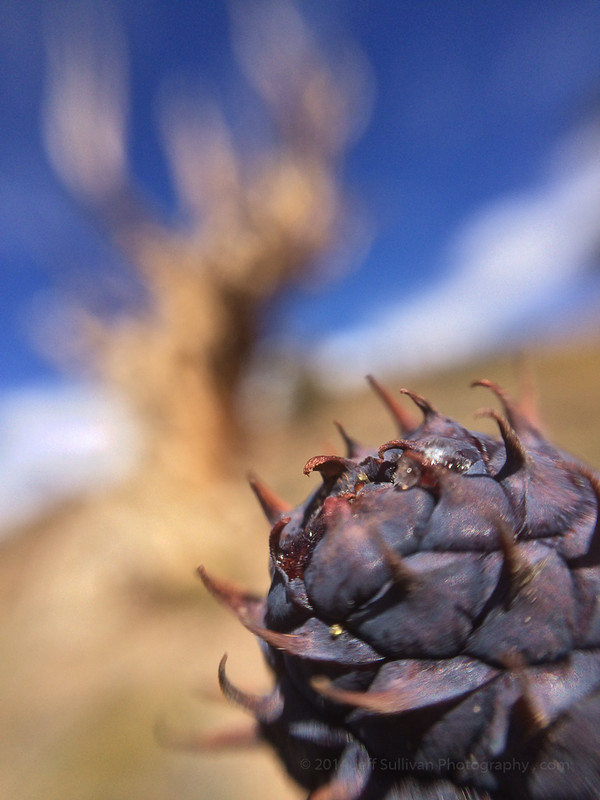 |
| Bandon Sunset Reflection, Oregon Coast |
Ansel Adams once stated that "Twelve significant photographs in any one year is a good crop." Perhaps Ansel would be more efficient and productive today with digital photography, or perhaps he simply had a really high bar for what he considered "significant".
I often produce a few dozen photos per year that I'm pleased with and collect into albums on Flickr, so reducing them down further, to something like an annual "Top 10", doesn't always reach the top of my "to do" list. But as the "Photographing California" book that I finished and released in 2015 starts to go into retail auto-pilot, I can take a moment to reflect on my past year of photographic adventures as I look towards 2016.
 |
| Great Light in Eroded Hills, Eastern Nevada |
|
The photo above was captured early on in my 3500-mile "victory lap" road trip that I embarked on in September, as my book was about to ship to wholesalers and Amazon.com. I visited Mt. Shasta, Lassen Volcanic National Park, and Crater Lake National Park before turning west and heading for the coast. I arrived just in time for sunset.
In March I took a quick trip across Nevada to scout for locations for possible Nevada photography workshops in 2016. I've been doing this for a few years now, but it takes a lot of experience to get to know a region, in detail, in a variety of season s and weather conditions. The photo to the right shows one of the sites that I really enjoyed for its geology and geometry. Other sites in Nevada are good for wildflowers, dark, clear night skies, history (petroglyphs, mining areas and abandoned ranches), or cultural details. The state is huge though, and supporting resources such as gas, restaurants and lodging are spread out, so it'll pose some interesting challenges to cover efficiently and comfortably with a group. Access can also be complicated by weather and washouts on the often unpaved roads, so vehicles with appropriate all terrain tires and adequate ground clearance can also be a consideration.
A year wouldn't be complete for me without astrophotography, so in late April I headed out to the Mojave Desert in search of some photos of the Milky Way rising. In the case of the image below, I captured a sequence of 54 photos around 2 am to show the movement of the stars.
 |
| Milky Way Rising Behind Joshua Trees, Mojave Desert |
In June I still had the Milky Way on my mind, as I dropped by Mono Lake to capture a 360-degree panorama featuring the lake's tufa calcium carbonate rock formations under the arch of the Milky Way.
 |
| Mono Lake Milky Way Arch Panorama |
By July we had a nice summer monsoon season of sporadic storms, not enough to end our drought in the Eastern Sierra, but storms are certainly a plus for landscape photography! In this case a shaft of golden hour sunlight struck a column of rain, producing a warm-tinted sunset rainbow.
 |
| Shaft of Water and Light, Topaz Lake |
Although there are so many stunning photography locations to cover in California I only included a handful of backpacking destinations in my book, I personally love backpacking, so I took the opportunity to visit the Golden Trout Wilderness in July. Little did I know that the remains of Hurricane Dolores would come ashore that night, creating "super historic" record July rainfall across much of Southern California. Fortunately there was a break in the rain on the following day, so I could head to the trailhead to dry out my gear before selecting my next adventure.
 |
| Muir Lake Morning Reflection, Golden Trout Wilderness |
In August the big event for me is usually the Perseid meteor shower. Sometimes I like to maximize sky in my meteor shower photos, but in this case I decided to include an interesting Joshua tree. So back to the Mojave Desert I went.
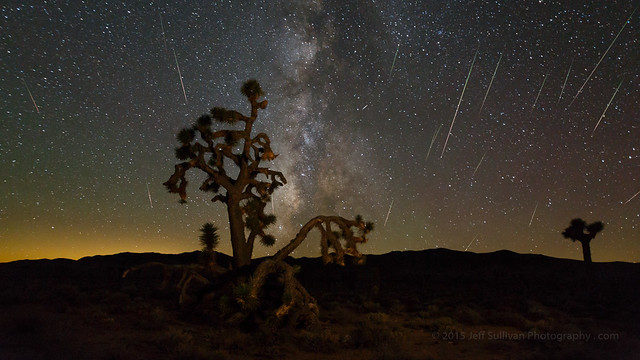 |
| Perseid Meteor Shower and Milky Way over Joshua Tree, Mojave Desert |
Another location that I visited during my whirlwind September road trip was Morraine Lake in Alberta's Banff National Park. I was fortunate to arrive right after the first snowfall of the year, and it was still snowing lightly as the last light of the day faded, so there weren't many people out in the cold to wander into this shot along the shoreline. I also picked up the more typical elevated view from a nearby knoll, showing the glacial blue color of the lake, on the following morning.
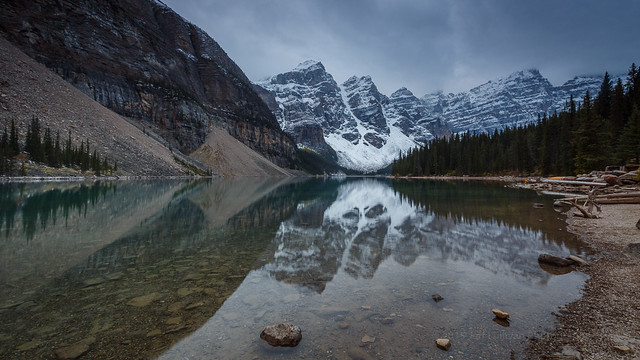 |
| Morraine Lake, Banff National Park, Alberta, Canada |
I captured a number of nice Bodie and Eastern Sierra fall colors images this year, but one of my favorites was this late, snowy fall colors shot from Conway Summit in early November. Many of the compositions I was capturing on this morning were a little too evenly lit, but for a moment a thin spot in the cloud cover had the lower portion of this line of trees brightly lit while the trees and hill in the ravine in the background fell into darker shadow. This highlighted the lower line of trees and gave the whole scene a more 3D feel to it.
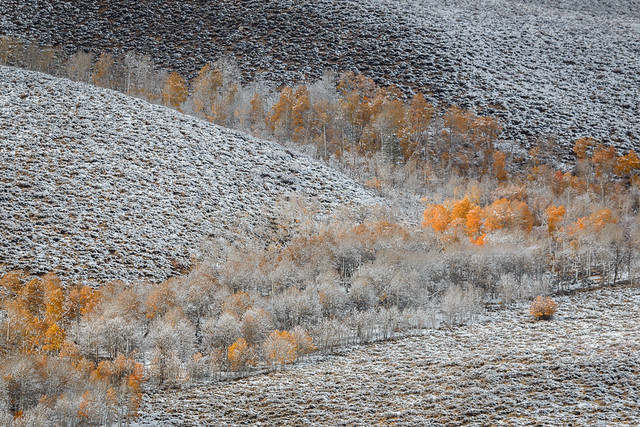 |
| Snowy Fall Aspen, Early November in Mono County |
Later in November I headed to Death Valley to pursue some new locations for an upcoming detailed guide to the park that I'm writing, but one of my favorite images ended up being from the Mesquite Flat Dunes near Stovepipe Wells. I had other photos with arguably better light, but the photographers add scale and a nice point of interest. I've photographed these dunes a lot, but the combination of low angle sun and broken light passing through breaks in the clouds created some unique opportunities.
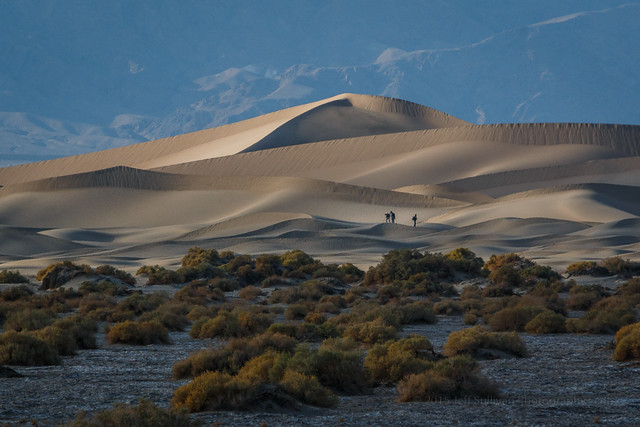 |
| Exploring the Dunes in Death Valley, Mesquite Flat Sand Dunes |
New 2015 Results from Past Years
 |
| Valley View Calm Evening Reflection, Aug 2007 |
As I was working on the book I occasionally came across good photos from past years... when either I lacked the tools to complete a nice result, or I simply overlooked an image due to time constraints or simple oversight. Fortunately I can rediscover and rescue these old files on future visits to the folders that they're in. The one to the right was from Yosemite, way back in August 2007. It was captured on a Canon Digital Rebel XTi! A little adjustment in Lightroom 5, and voila! It's as good as new. I used it as the title page for my guidebook.
One of my more stunning finds was from an incredible sunset in Bodie during one of my workshops on June 29, 2013. Bodie was just outside of the area I was covering with my book, so post-processing photos from there hadn't been a priority. My loss then, and gain now! It was an unusually purple-tinted sunset, as confirmed across many photographers and cameras from various manufacturers.A few shots in the middle of the sunset's transformation had a wide variety of colors, ranging from orange-yellow to magenta-pink and blue to indigo shades, in addition to the base purple that dominated many adjacent shots.
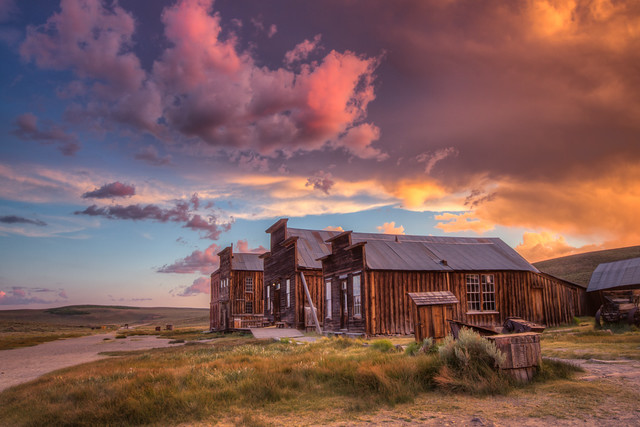 |
| Sunset Over Bodie Main Street, June 2013 |
There was another surprising overlooked shot that I found in an old Yosemite folder from 2008. Covering Half Dome at sunset from Glacier Point, the Yosemite chapter had already gone through layout before I found it in February, but it's a nice addition to my Yosemite portfolio for future uses!
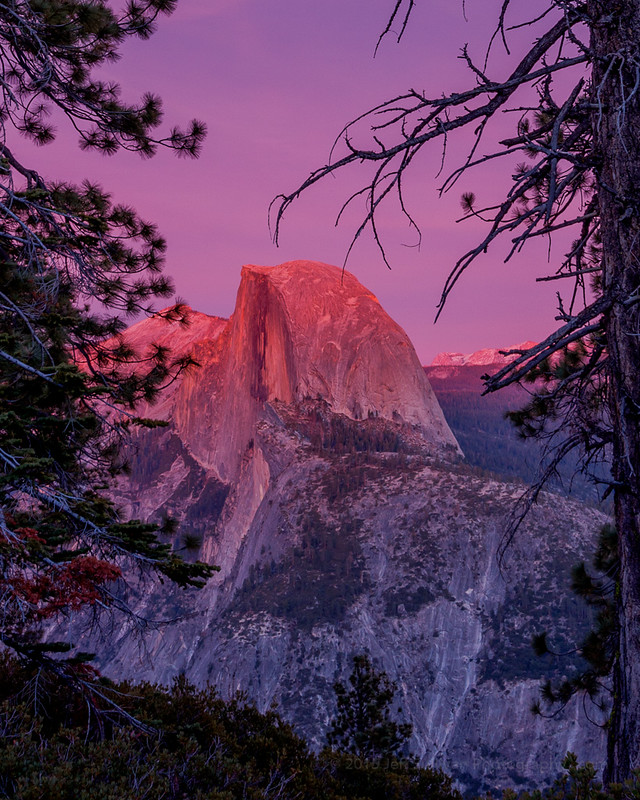 Runner-up Images for 2015
Runner-up Images for 2015
I named my Top 10 for people who prefer the predictability and order of a preset and finite number, but I'll show a few of the other contenders for people who prefer not to be arbitrarily constrained.
This sunset shot is from the Cambridge Hills south of Yerington in Mason Valley, Nevada. I was looking for some old cars that were supposed to be in the area, but they were apparently either moved or stolen. The road had to serve as the subject and leading line, heading to that last bit of orange sunlight on a shaft of rain int he distance.

This dune shot was captured at 200mm to isolate the dune ridge and blowing sand from the dark background. I was hoping to see a desert tortoise or two in the area, but the burrows I found had cobwebs in their entrances.

At the bases of Death Valley's mountain ranges, on the edges of their alluvial fans of gravel and debris, you sometimes find small springs. In a landscape that only receives an average of 1.93" of rain per year, these are precious sources of water for nearby wildlife. They are delicate places as well, with soft mud that will easily become severely trampled if hordes of visitors show up and love them to death.

I spend a lot of time in Bodie, and occasionally I'm there for the evening break-up of afternoon thunderstorms. In this case I saw a rainbow forming over town, and I knew that if I shifted my camera position a couple of hundred yards, I could place the rainbow over the Standard Mill. These opportunities can change quickly, so I hopped into my car, and drove east to move the rainbow.

This rainbow and reflection shot was one of my favorite mobile phone images in 2015, and one of my first photos taken on an LG G4 smartphone that I was provided with as part of the #G4Preview program.
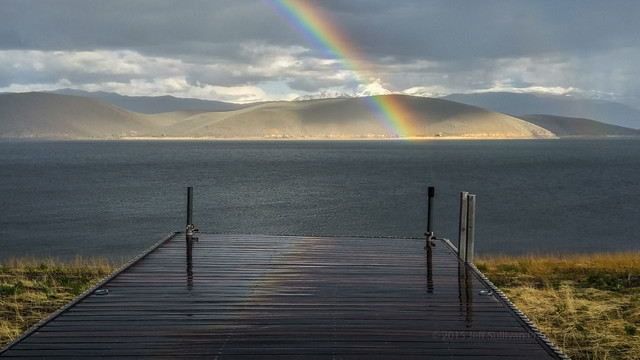
This sun shot captured through geyser basin fog in Yellowstone is another of my favorite mobile images, this one captured on my 2 year old iPhone 5S. It won an
+Instagram / iPhone assignment being conducted by
Outdoor Photographer Magazine.
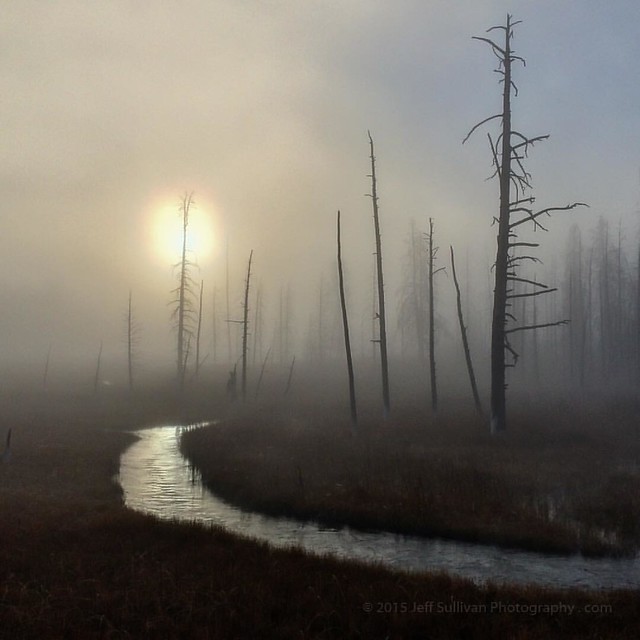
I have many more images that I considered for my favorite photos and moments of 2015, and I've collected over 50 of them in
a 2015 Favorites album on Flickr: https://www.flickr.com/photos/jeffreysullivan/albums/72157651316649769
Favorite Photos from Prior Years
Here are some of my collections from prior years. It has been a great decade of adventure, I can't wait to see what I can find to show you in the next 10!
2014 Favorites album on Flickr
 2013 Favorites album on Flickr
2013 Favorites album on Flickr
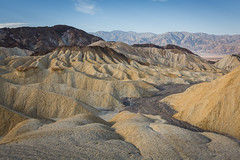 2012 Favorites album on Flickr
2012 Favorites album on Flickr
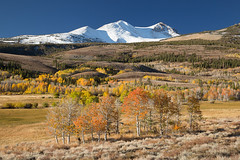 2011 Favorites album on Flickr
2011 Favorites album on Flickr
2011 Top 10 blog post
 2010 Favorites album on Flickr 2010 Top 10 blog post
2010 Favorites album on Flickr 2010 Top 10 blog post
 2009 Favorites album on Flickr
2009 Favorites album on Flickr
2009 Top 10 blog post
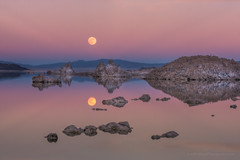 2008 Favorites album on Flickr 2008 Top 10 blog post
2008 Favorites album on Flickr 2008 Top 10 blog post
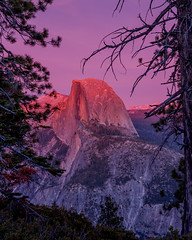 2007 Favorites album on Flickr 2007 Top 10 blog post
2007 Favorites album on Flickr 2007 Top 10 blog post
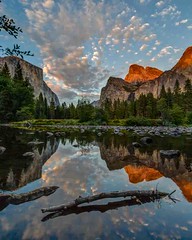 2006 Favorites album on Flickr 2006 Top 10 blog post
2006 Favorites album on Flickr 2006 Top 10 blog post
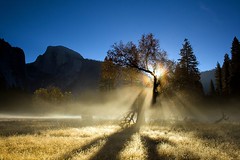
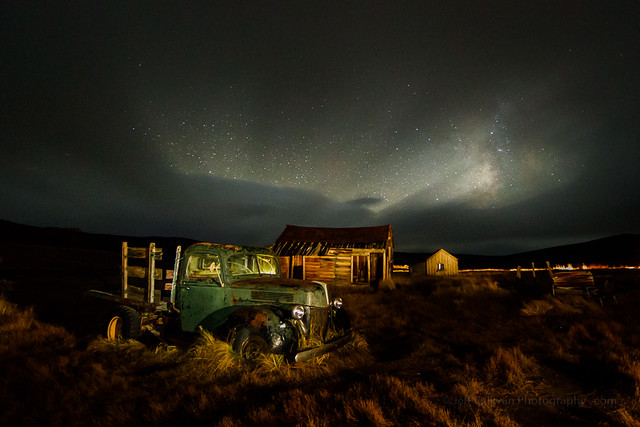
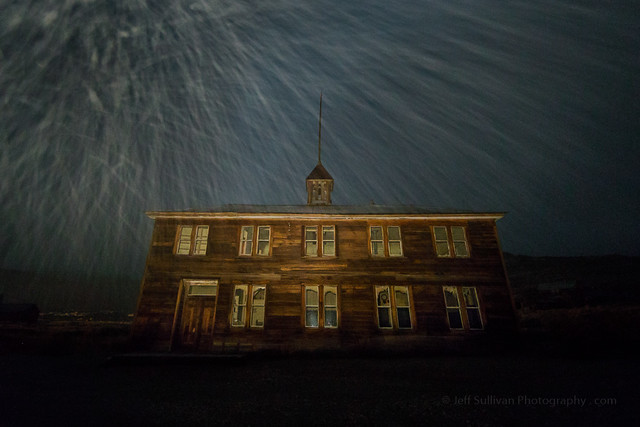
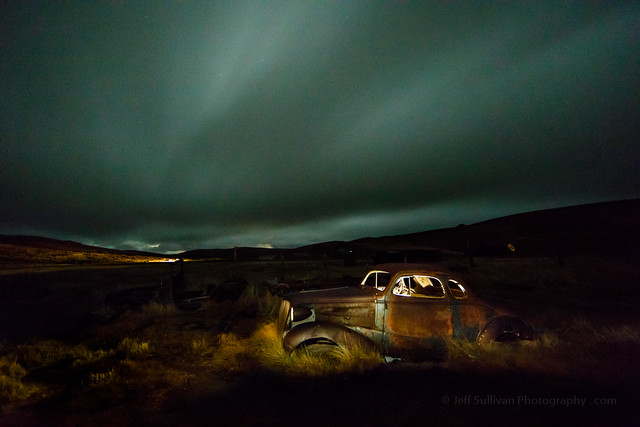
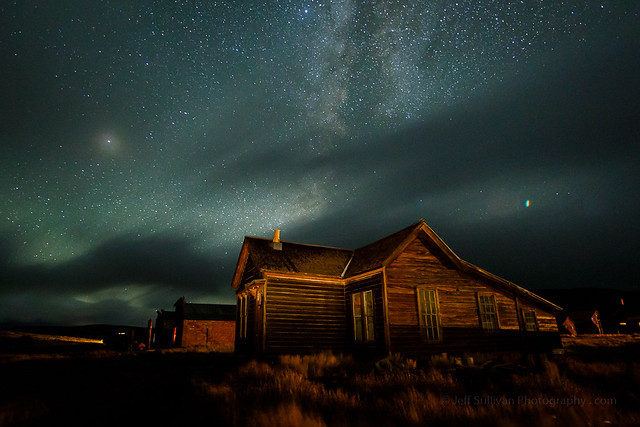
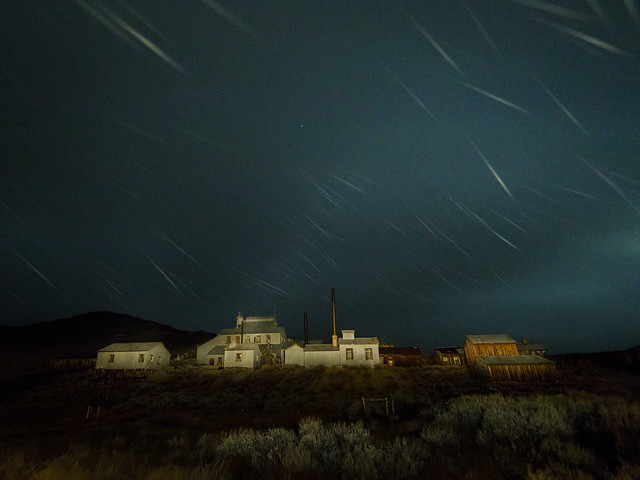
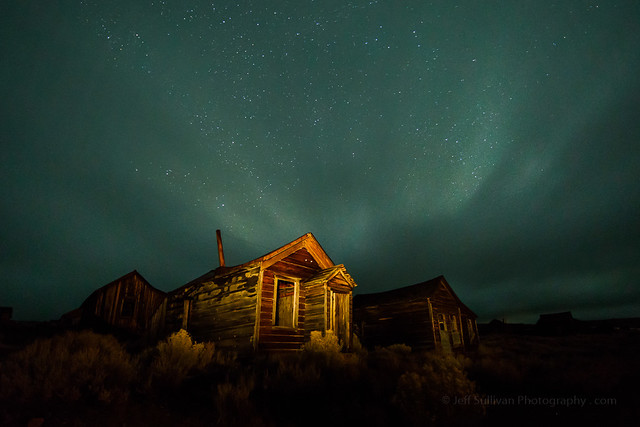
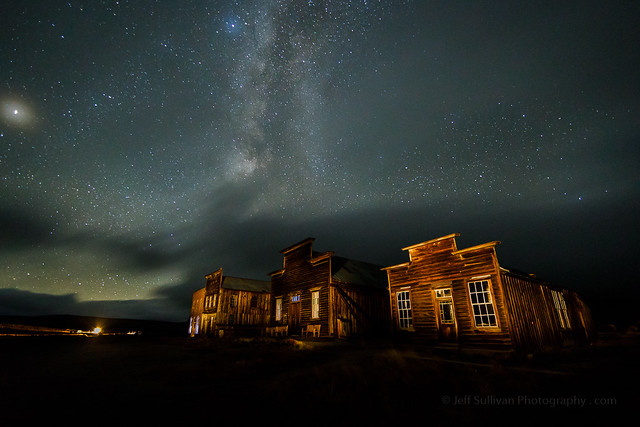
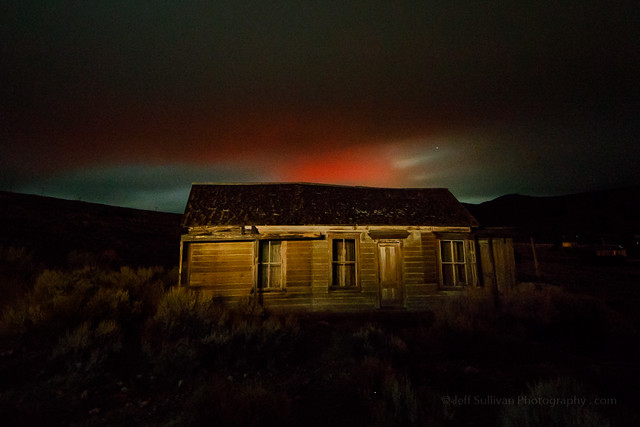 One participant decided to leave in case the snow showers became more intense. His red brake lights were reflecting off of the low clouds above.
One participant decided to leave in case the snow showers became more intense. His red brake lights were reflecting off of the low clouds above.







